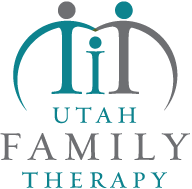What is Pornography?
Pornography is it an addiction, compulsion, or Entertainment?
 It’s not entertainment, it’s a compulsion.
It’s not entertainment, it’s a compulsion.
One of the Biggest Challenges We Face is Media
Addiction?
Compulsion?
Recreation?
Entertainment?
We are sexual beings by nature, so no matter the word being used to describe pornography use, porn hits right at the core of who we are.
Simply put, porn exploits our core sexual natures.
Many individuals who use porn know it is an issue.
Why?
Because at the core of our existence is the drive for connection.
At the heart of that drive (limbic system) and human survival is sexuality.
Those who use porn often describe moments of an insatiable drive, ease of access, and feeling empty and disconnected.
Many porn users want to stop, and usually, by the time they come to see us at Utah Family Therapy, they’ve tried various attempts and strategies to quit.
They’ve made the commitment many times, saying, “This was the last time.”
Whether it’s confessing to an ecclesiastical leader, a spouse, parent, or someone else; The desire to stop is real, yet the shame and pain of failure overwhelm the best of the best.
Despite one’s sincerity to stop, the power of pornography compulsion drives users back to viewing porn again and again.
Why?
To understand this we need to realize that at the core of all compulsion is our brain.
Two-part Brain
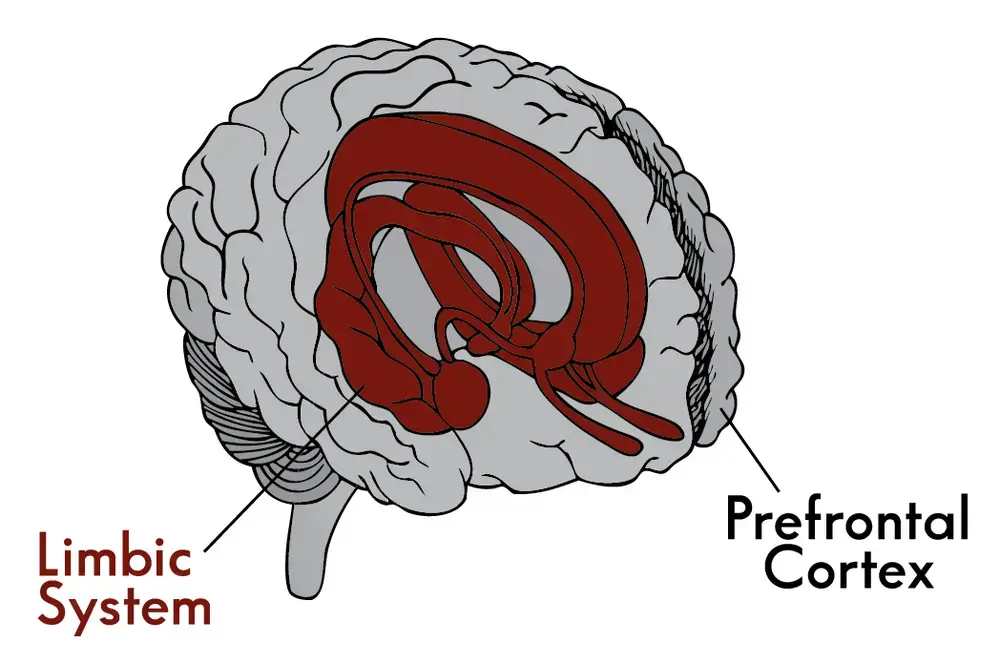
We’re going to simplify the brain down to two main parts, the limbic system, and the prefrontal cortex.
The Limbic System, highly protected and fully developed around five years old, has 3 main directives.
- Survival
- Avoid Pain
- Seek Pleasure
The higher functioning brain, the prefrontal cortex, is Rational, logical, cognitive, and moral.
The prefrontal cortex doesn’t fully develop until our mid-twenties, and that’s an interesting dilemma and a fantastic discovery in managing compulsions.
Here is why.
If this part of our brain doesn’t fully develop until our mid-twenties, it’s challenging to manage compulsive stimuli since the brain is still learning about the consequences of actions and reactions.
While this brain can quickly heal in youth due to its rapid growth, they often feel invulnerable.
At the same time, deep-rooted patterns are developing.
Porn and other compulsive behaviors can become “stuck” in this pattern.
With the average age of pornography exposure around eight years of age, one can see how exploitative pornography truly is.
Perhaps like Nicotine in the 70s, yet pornography directly affects the core drive for connection and sexuality.
Porn truly is a perfect storm that is accessible to all and easily hidden.
Imprint On Limbic System
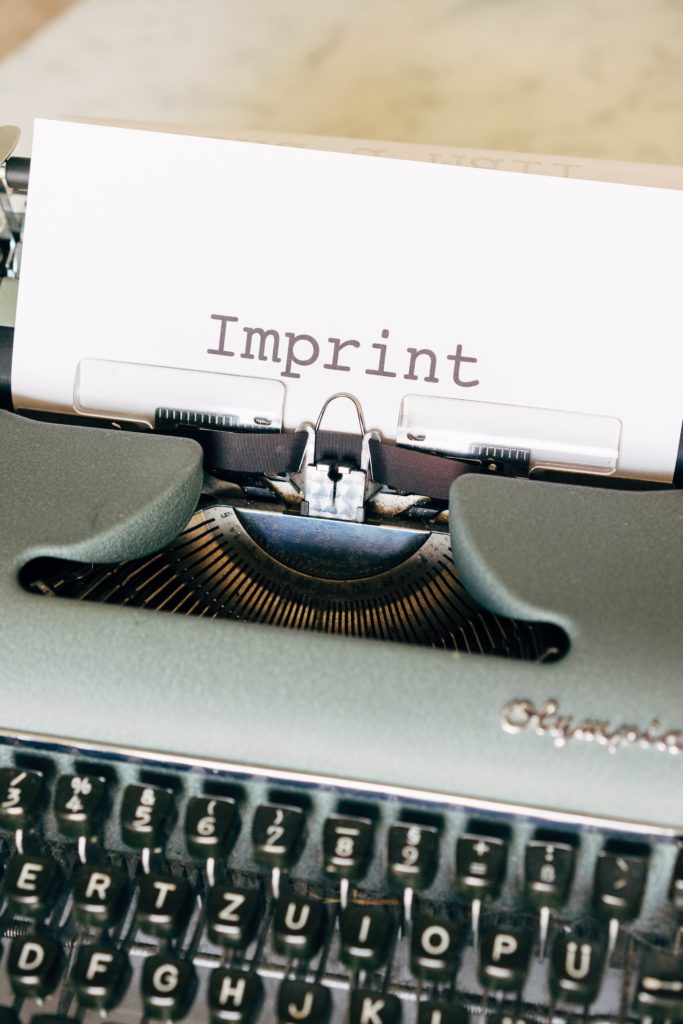
As young people view pornography, their initial intent is not to become compulsively trapped.
They are curious and driven to learn.
These images and videos instantly “imprint” in the limbic regions of the brain so it can process the information to determine if this is a threat to survival or not?
If it’s a pleasurable thing, the Limbic brain catalogs this experience as a future option in survival, avoiding pain, and seeking pleasure.
The intent of youth discovering pornography is not to become a compulsive user.
They often feel frightened, and in denial, so it quickly becomes a powerful drive.
This fear and shame often create isolative behaviors and hiding the truth.
The user’s intent is not to be bad, but rather, they are confused and scared.
Reacting to a compulsive cycle, the brain seems to demand porn when triggers arise.
Once shame drives their narrative, that acts as the glue of compulsive triggering.
They crave, use, feel shame, and hide… then they use to numb the shame which starts the cycle over again.
Pleasure Chemicals Released
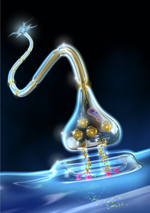
Depictions of chemicals released.
At the core of sexual pleasure and pornography use is the chemical dopamine.
Dopamine says, “I must have more; gotta have more; need a lot more.”
Therefore, If an individual sees a trigger, and they stare at it and give it focus and their attention, our brain continually floods itself with dopamine.
Then other chemicals associated with memories are introduced, creating a desire to get more of that stimuli?
Remembering how it got this dopamine rush, it stores it in memory.
When triggered, that memory speaks and says, “Let’s do that again!”
Sometimes these cravings get so powerful, and they shut down the logic of the Pre-frontal Cortex.
Porn users often find themselves saying, “What happened, why did I just use it again!?”
Another powerful key to pornography compulsion is our drive to connect and bond with others.
In sexual experiences, the chemical oxytocin is released, which is “THE bonding chemical.”
This chemical is produced during birth, (Pitocin), breastfeeding, and human connection in general.
Hence, when an individual is using porn, they feel a temporary bonding with that material.
Then afterward, the user feels empty and not fully satisfied, as if they were betrayed by their own self.
The reality is, pornography is what betrays.
Triggered by Attraction
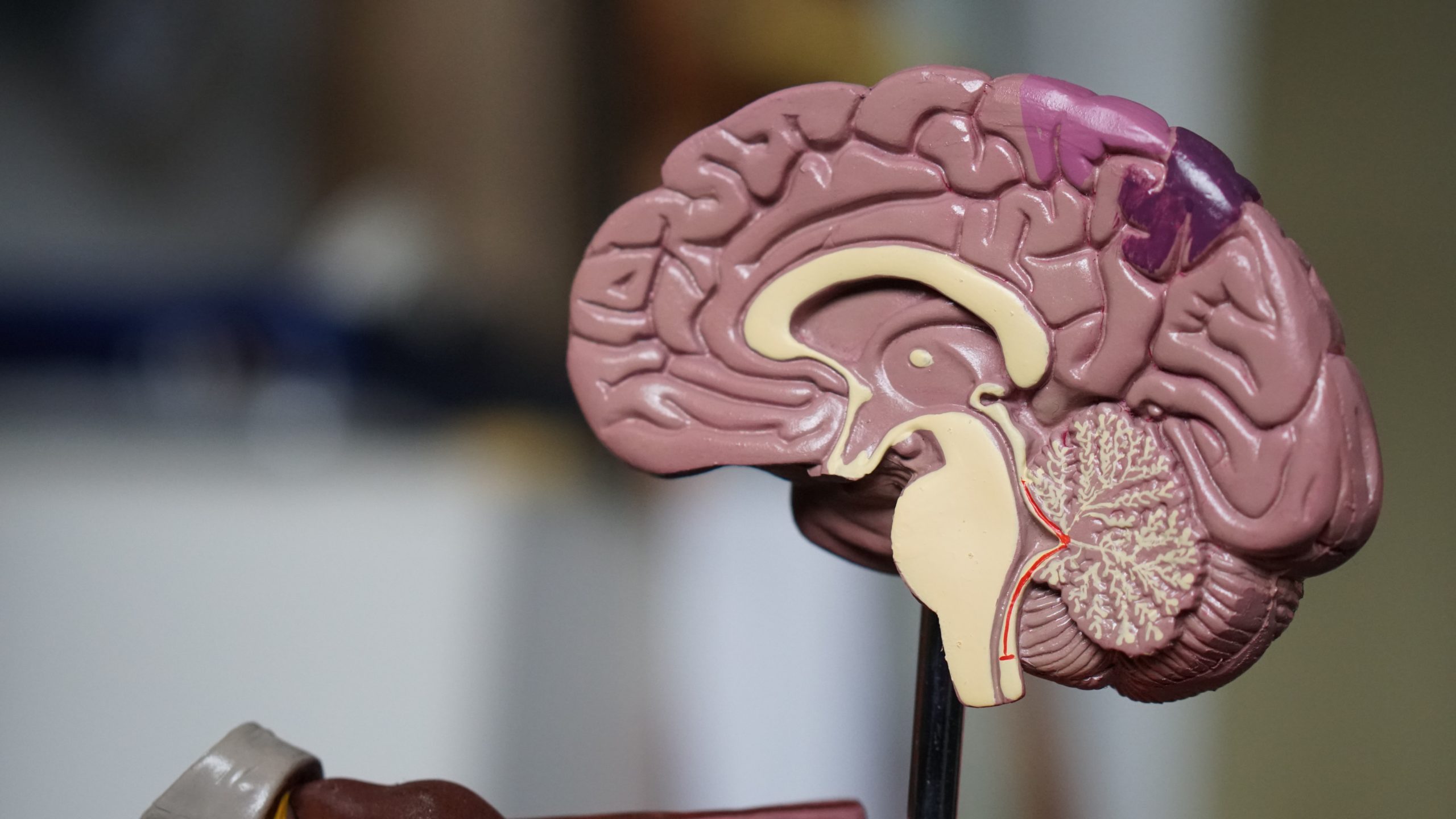
Being triggered by attraction is normal.
That’s the way we’re instinctively built.
Culture and education can unintentionally create fear and shame surrounding the nature of attraction.
The young generation craves to be taught outside of fear.
They want to be educated and empowered to know how to manage their natural instincts.
If/when they are exposed, they need love and compassion rather than fear and shame.
Rather than, “Oh, don’t, don’t look at that. That’s bad.”
Because the minute one does that, they kick off the survival part of the limbic brain, and it fights back.
It can increase one’s desire and create less openness and more hiding.
Triggers can be defined as “Any Emotion the Brain wants to Deal With.”
When feeling triggered, we teach clients to speak to their limbic system.
For example: “Hey Brain. That is a trigger and I am craving.
Thank you for reminding me I am human and amazing!”
This can increase the brain’s ability to remain aware and remember where a relapse will end up since you’ve been down this road many times before.
Mindfully Direct Your Course

You are mindfully choosing to direct your course of action, that’s what treatment can help one do.
Train yourself to gently guide your thoughts in another direction, and then faith that you’ll have the power to do it.
An analogy we use with clients is that the Limbic Brain is like a 5-year old that sometimes throws a tantrum to get what they want.
The prefrontal is like a parent. If the parent is kind and communicates well, the tantrum eventually ends.
We also use the example of not allowing a 5-year-old to take over the steering wheel just because they want to go faster.
Rather than fight with the 5-year-old… communicate and love them.
They may not get exactly what they “think they want” but they will get connection and love… which is what “they really need!”
We encourage all to not shame themselves or others. Rather, acknowledge and accept the limbic part of the brain and how it works.
Of course, it’s going to be attracted to pleasurable things.
It would be unnatural if it weren’t.
What we choose to do with it after we acknowledge and learn is where recovery truly happens.
Limbic System Trickery

Individuals will often become sober for a reasonable period.
Then the limbic system will say, “well, see, you don’t have an issue anymore!
You’ve taken care of this.
So you can manage some porn use.”
And then, when they check it out, the limbic quickly engages, chemicals start flowing, and the cycle begins again.
A wise man taught, “One time is too many and a thousand is never enough for the Limbic brain.”
Becoming more aware of how your brain works are key.
Learning a new language of healing with concepts of acknowledging, surrendering, being aware, mindful, and having faith.
Recovery and sobriety are possible!
We need others in this journey because trying to do it alone is exactly why compulsions do not heal.
Don’t be afraid to have a conversation with your children, especially when they ask questions.
If these conversations are driving fear, let us help!
If you’re struggling or know of someone who’s struggling, please contact us and let Utah Family Therapy help you.
Are you feeling overwhelmed, abandoned, stressed, tired, and anxious?
Do you need a place to connect and learn new skills?
